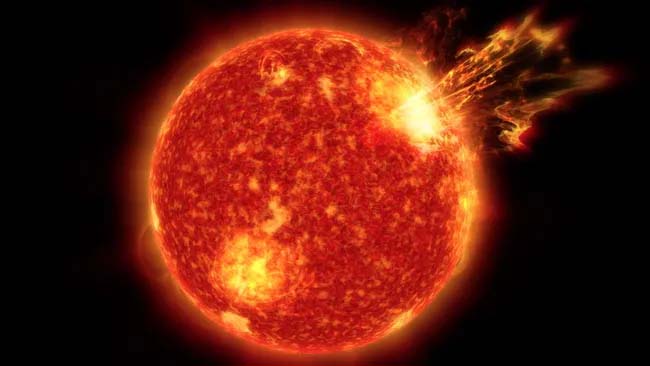Science: High-energy, powerful and violent stellar explosions, called “superflares,” have been found to occur from stars like the Sun about once every 100 years, making these blasts far more common than scientists had thought. Solar flares, blasts of high-energy radiation, can have serious effects on Earth, with the potential to knock out communication systems and power infrastructure.
However, solar flares are just the tip of the iceberg in terms of bursts of energy that stars can emit. A more extreme phenomenon is the “superflare,” an explosion that can be tens of thousands of times more powerful than a “normal” solar flare. One of the most violent solar storms on record was the Carrington event of 1859. During this storm, telegraph networks collapsed in Europe and North America. Worryingly, the Carrington event – as extreme as it was – released only about 1% of the energy emitted during a superflare.
Although astronomers knew about the existence of these worryingly powerful flares coming from the sun, until now such explosions seemed to be rare.
“Superflares on stars like our Sun occur about once every century. This is 40 to 50 times more often than previously thought,” study team member Valery Vasiliev, a scientist at the Max Planck Institute for Solar System Research in Germany, told Space.com. “If our sample of Sun-like stars represents the Sun’s behavior, then the probability of our star producing superflares is much higher than previously thought.
